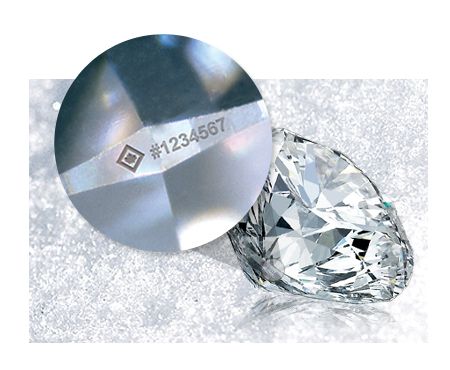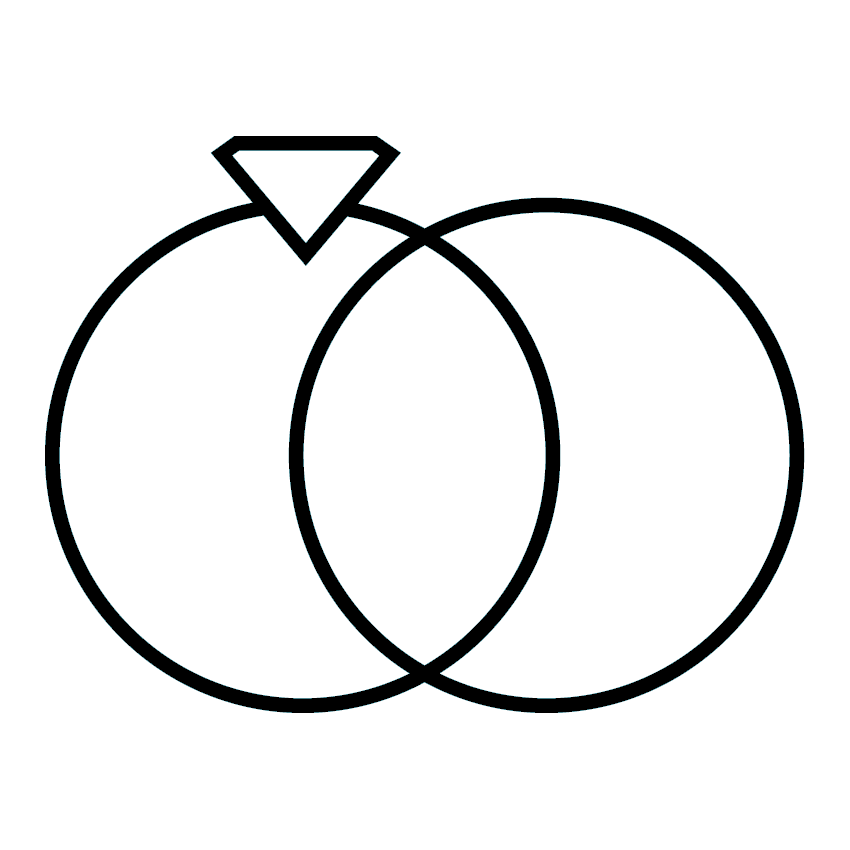In the first part of this blog series we spent some time on 2 of the 4 C’s, Cut and Clarity. Let’s wrap up our 4C’s with Color and Carat weight. As you look at diamonds and explore their unique characteristics, make sure to look for the visual cues such as fire, sparkle and brilliance, which will confirm you selected the best quality.

COLOR
When you hear someone refer to a diamond’s color, they are referring to either the presence, or absence of color, also known as warmth. Even though diamonds come in rare colors such as pink, blue and even orange, today we focus on the white diamond category. Diamonds in the white category can still have tints of yellow, brown or even grey.
It is important to know how a diamond’s color is determined so you feel knowledgeable about the investment you are making. A diamond from the top is designed to let light in then break it up into rainbow and white flashes of light to your eye. Because so much light is returning from the diamond, sometimes it can be difficult to see the actual body color. For this reason, diamonds are graded upside down against a white background and with white light above. Only then can a diamond grader see the sometimes miniscule amount of color that will be the difference between one grade and another.
Learning your ABC’s…errr DEF’s
So what is the grading scale and what does it mean to you? A diamond’s color ranges from icy white to a distinct yellow or brown with every color in between. When the Gemological Institute of America (GIA) was looking for a grading scale for color, they decided on the alphabet. Now there are a few different stories on why they chose to start at D instead of A, but either way, they created an easy way to remember the scale.
Colorless diamonds (D-F) appear icy white and are considered the rarest of colors. G-J are called “near colorless” and are often used by designers for the smaller diamonds in ring settings. Diamonds in this area are often said to have no distinguishable color once mounted. Many clients prefer to stay in this range since the diamonds appear white, yet are slightly less expensive than a colorless diamond.
Next is the faint yellow category. Faint yellow diamonds consist of K, L and M. These diamonds look stunning when set into vintage styles of yellow gold or rose gold. Beyond M color, the amount of warmth increases and is easier to view. Once they reach Z, the diamonds become Fancy. Diamonds in the Fancy color range have intense and distinguishable body color. The more intense and brilliant the color is, the rarer and more valuable the diamond is.
Generally speaking, diamonds graded between D-J won’t show any color “face up” (a bird’s eye view). However, when you compare a D next to a J, the J color will show warmth with a tint of yellow or brown. Did you know that certain diamond shapes show more color than others? Round, emerald, and asscher cuts tend to mask the warmth better. Shapes such as the radiant, pear, and oval don’t mask the diamond’s color as well. If you want to avoid color, we recommend staying in the D-I range with these shapes.
A diamond’s color is graded by the human eye. As we all know, each person’s opinion on color is exactly that, their opinion. Whether you prefer the icy white colorless look, or the warmth and intensity of the fancy colors, great news – we have them all!
CARAT WEIGHT
Often mistakenly referred to as the diamond’s size, Carat is actually the weight on a scale. Just as two people weighing 175 lbs do not look identical, two diamonds that weigh 1.75 carats, may not look identical either. So I am going to get technical for a second but then will bring it back to what really matters. A one carat diamond actually weights .2 grams. 1.00 carat can be divided into 100 points. Just as 100 pennies equal a dollar, 100 points equal a carat. The FTC guidelines allow for a few carat points above or below the popular weights you often hear such as half carat (1/2) or three-quarter (3/4).
So there you have it, the 4 C’s of a diamond. This should get you started on your search but don’t let these things get in the way of hand selecting your perfect diamond. Comparing diamonds side by side, under magnification, and in the proper lighting will ensure it has the personality, fire and brilliance worthy of your fiancés hand. We will have a third part of this series in a few weeks focusing on things you may not hear at a typical jewelry store.
[starbox]
